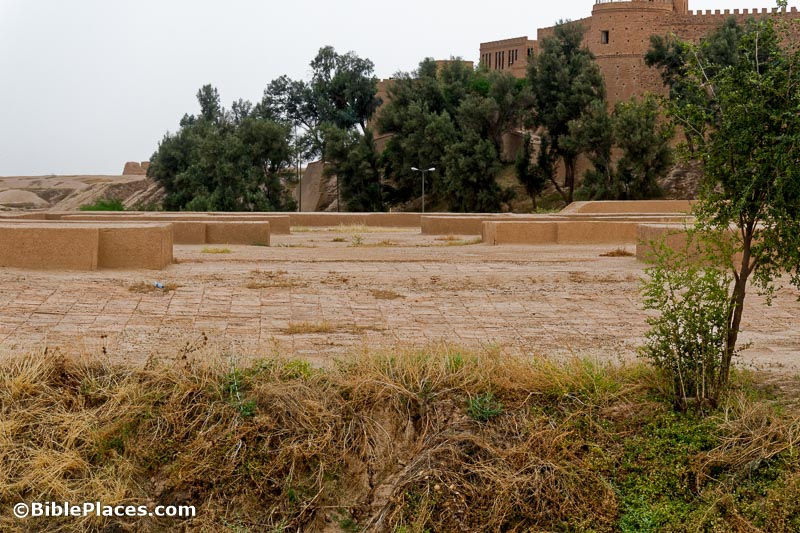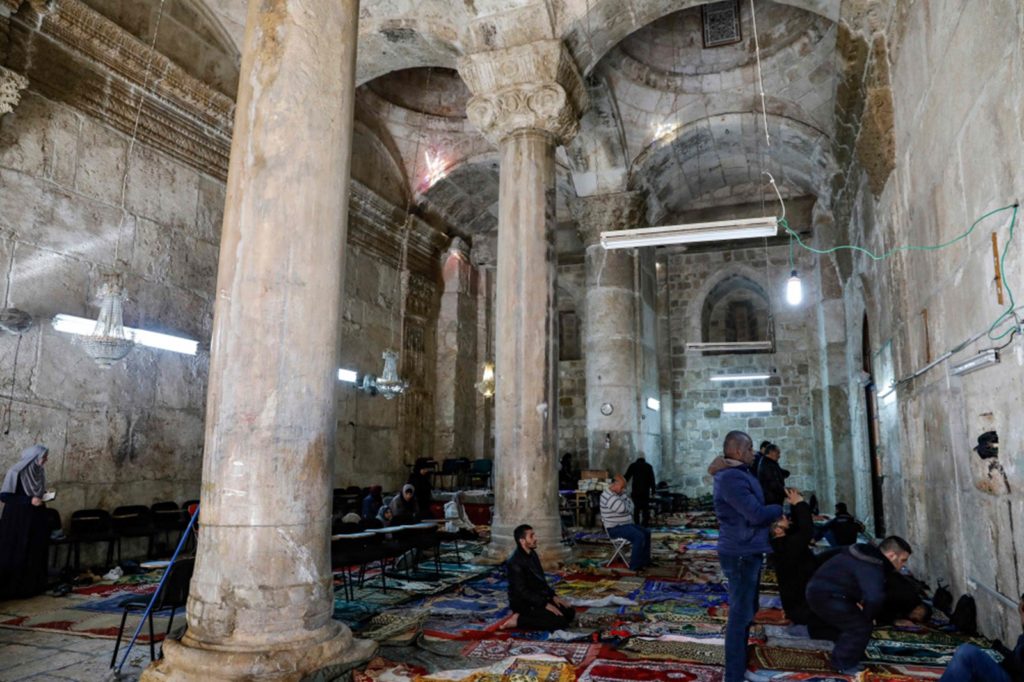A winepress from the Byzantine period was discovered at Chorazin by a team doing conservation work.
The recent discovery of a depiction of the Egyptian god Bes in the City of David Givati parking lot excavation is the first of its kind ever found in Jerusalem.
The Times of Israel features a well-illustrated story on the Beth Shemesh excavations including the controversy and the museum exhibit.
A new sound-and-light show, used advanced technologies, has been unveiled at Masada.
A shipwreck discovered in Heracleion matches the description of a Nile River boat described by Herodotus.
Excavation work at Macherus is complete after 11 years, but conservation work will continue.
Over a million people are expected between March-September to attend the Louvre exhibition of the Egyptian pharaoh Tutankhamun. The show features the largest number of Tut items ever displayed together. As construction nears completion for the new Grand Egyptian Museum in Giza, the Egyptian Ministry for Antiquities states that after the six city world tour is completed, key pieces related to Tut will never again leave Egypt.
The Basrah Museum in southern Iraq has added three new galleries, totaling 2,000 pieces, focused on Sumer, Assyrian, and Babylonian objects.
Erin Darby will be lecturing on “The Archaeology of Women in Ancient Israel” in Oak Ridge, Tennessee, on April 2.
The History Channel has a photo essay of ten biblical sites.
Wayne Stiles recently visited the Royal Mummies Hall in the Cairo Museum.
Bible History Daily features a profile on Julia Berenice, the companion of King Agrippa II in Acts 26.
New from the Oriental Institute of the University of Chicago: The Great Hypostyle Hall in the Temple of Amun at Karnak, by Peter J. Brand, Rosa Erika Feleg, and William J. Murnane. For purchase in hardback or a free download.
“The Setting of the Assassination of King Joash of Judah: Biblical and Archaeological Evidence for Identifying the House of Millo,” by Chris McKinny, Aharon Tavger, Nahshon Szanton, and Joe Uziel, is a paper read and illustrated by Chris McKinny.
The photo below, from DerStandard, shows the interior of the Golden Gate in recent times.
HT: Ted Weis, Agade, Charles Savelle, Alexander Schick, Paleojudaica
Interior of the Golden Gate
Photo from DerStandard

